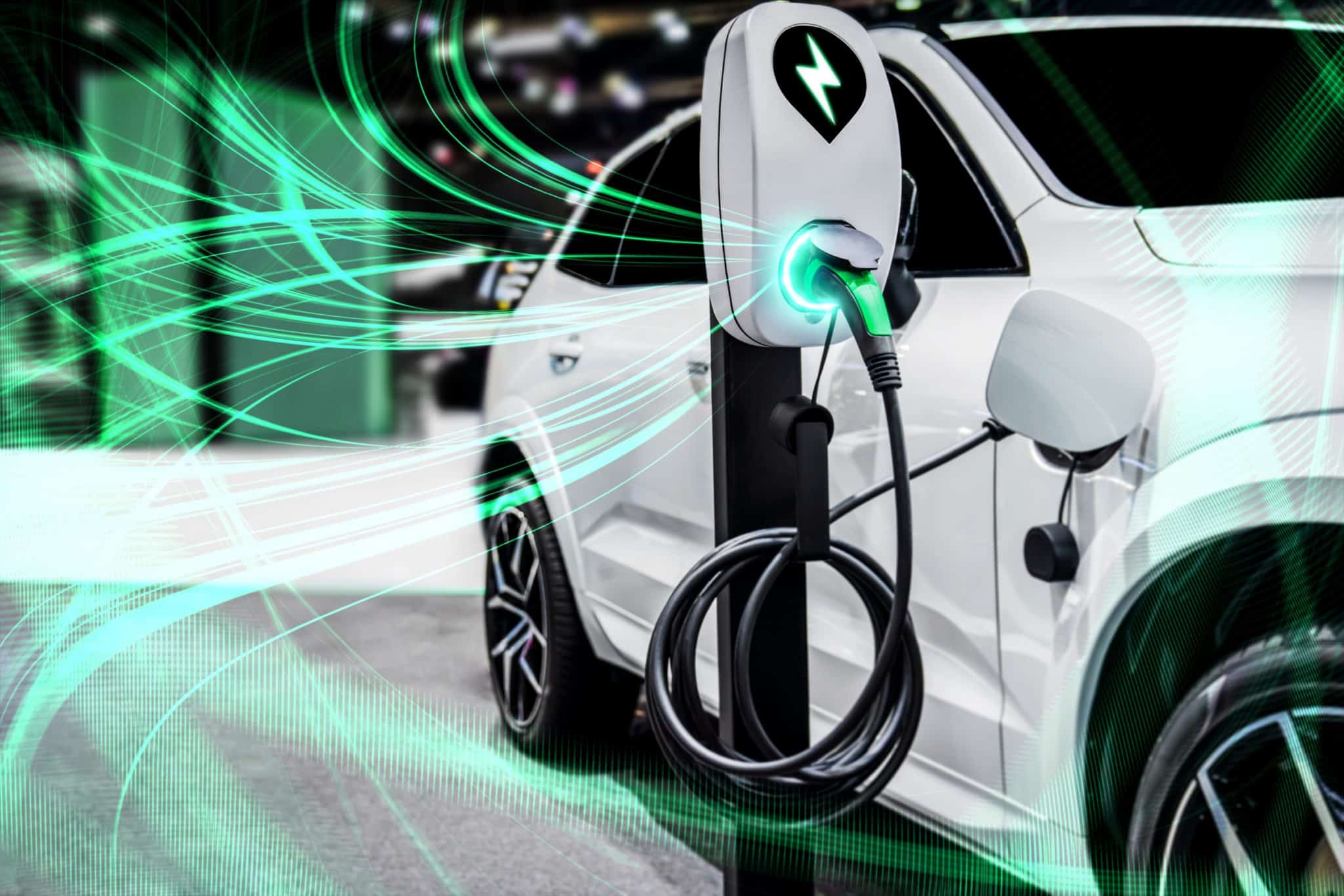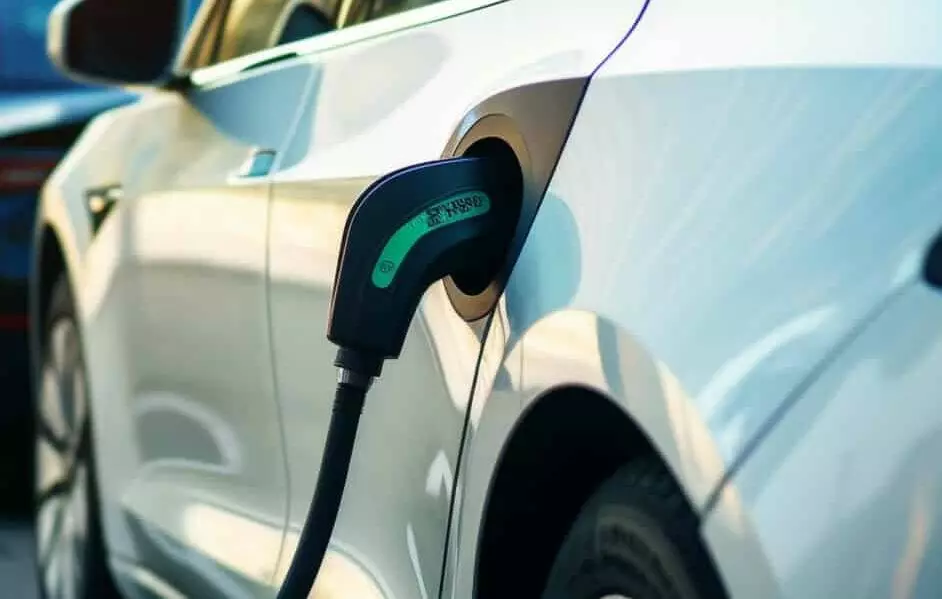From their rudimentary beginnings, Alternating current (AC) charging have become indispensable components in our technology-laden lives. The initial designs were large, inefficient, and often overheated, but they set the stage for a series of breakthroughs in power supply technology.
Over the years, demand for faster, more efficient charging solutions has catalyzed the development of smaller, smarter, and safer devices. These advancements are crucial as they directly impact the functionality and lifespan of our favorite gadgets.
Modern chargers now feature sophisticated circuitry and high-grade materials that not only boost their efficiency but also enhance their durability. This evolution reflects broader technological trends where miniaturization does not compromise power output. For instance, contemporary chargers dissipate heat more effectively, safeguarding both the device and the charger itself. Moreover, their compact size and reduced heat output contribute significantly to their portability and user safety.
Aesthetic design has also taken center stage in the development of new chargers, mirroring the sleek sophistication of the devices they power. Today’s consumers expect their chargers to be both functional and stylish, leading to designs that complement personal and professional spaces. The use of sustainable materials and eco-friendly manufacturing processes is becoming increasingly important, illustrating the industry’s commitment to reducing electronic waste through better design practices.
Integration of Smart Technology
Smart technology integration represents a quantum leap in the utility of AC chargers, transforming them from mere accessories into essential, intelligent components of our digital ecosystems. Chargers now often come embedded with microprocessors that can communicate with the devices they charge.
This capability enables adaptive charging, optimizing power flow to extend battery longevity and prevent damage through overcharging—a boon for device maintenance and energy conservation.
Chargers equipped with smart capabilities also help manage household and office power consumption more efficiently. They can detect when devices are fully charged and cut off power, reducing standby consumption. Remote monitoring and control via smartphone apps are now common features, offering users unprecedented control over their devices’ charging cycles. These smart chargers not only save electricity but also provide data on usage patterns, helping to further optimize energy expenditure.
Companies like ChargeTronix are at the forefront, integrating these intelligent features into their AC chargers. They emphasize the importance of power management and user convenience, ensuring that each device receives precisely the amount of power it requires without wasting energy. ChargeTronix’s focus on innovative, user-centric features marks a significant step forward in the evolution of charging technology, providing consumers with reliable, efficient, and easy-to-use charging solutions.
Modular and Customizable Designs
The shift towards modular and customizable designs in AC charger technology is transforming how consumers use and interact with their chargers. Unlike the static, one-size-fits-all models of the past, today’s chargers offer modularity that supports a range of charging needs without requiring multiple separate units.
This flexibility is invaluable in today’s diverse technological landscape, where users often juggle multiple devices with different power requirements.
Modular systems allow users to swap out components to suit various devices or charging conditions, enhancing the charger’s utility and lifespan. This capability is especially significant in reducing electronic waste, as a single charger can adapt to evolving technology rather than being discarded.
Furthermore, customizable options in charger design, such as variable outputs and detachable components, offer an improved user experience tailored to individual needs and preferences.
The emphasis on customization extends to aesthetics and functionality, enabling chargers to seamlessly integrate into different environments, whether at home, in the office, or during travel. This adaptability not only ensures convenience but also enhances the overall user interface with technology, making charging a more integrated and pleasing aspect of daily tech interactions.
Advancements in Energy Efficiency
In a world increasingly focused on sustainability, the push for energy efficiency in AC chargers has become a critical area of innovation. Advanced technologies enable these devices to use less power and operate more efficiently, a key consideration in reducing overall energy consumption. Innovations like gallium nitride (GaN) semiconductors are replacing traditional silicon in charger designs, allowing for smaller, faster, and more energy-efficient power solutions.
GaN technology supports higher efficiency at greater power densities, facilitating faster charging times while consuming less energy. This shift not only meets consumer demand for quick and efficient charging but also aligns with global energy conservation goals. Additionally, the implementation of intelligent charging algorithms further enhances efficiency by optimizing power delivery, reducing waste, and prolonging battery life.
The integration of such technologies demonstrates the industry’s commitment to innovative solutions that prioritize both performance and environmental stewardship. As these advancements continue to unfold, they pave the way for even more efficient and eco-friendly charging technologies that are bound to become integral components of our digital lives.
The Rise of Wireless Charging
Wireless charging technology has captivated consumer interest with its promise of cable-free convenience. Using magnetic resonance or inductive charging, this technology allows users to power up their devices by simply placing them on a charging pad. This method offers an uncluttered and sophisticated charging experience, aligning perfectly with modern aesthetics and the minimalistic trends prevalent in consumer electronics.
The advancement of wireless charging is not without its technical challenges, primarily involving efficiency and the speed of charging. However, ongoing research is rapidly overcoming these hurdles, enhancing the practicality of wireless chargers for a broader array of devices. Innovations aim to match the charging speeds of wired solutions while extending the operational distance between the device and the charging station, pushing the boundaries of convenience and efficiency.
As wireless technology evolves, industry standards like Qi have emerged to ensure compatibility and reliability across a range of devices. These standards facilitate a more seamless user experience and encourage wider adoption of wireless charging, reflecting its growing importance in the ecosystem of consumer electronics and its potential to fundamentally change the way we power our devices.
Design for Durability and Sustainability
The increasing focus on sustainability has significantly influenced the design and manufacturing of AC chargers. Consumers are now more aware of the environmental impact of their purchases, driving demand for products that are not only durable but also environmentally friendly. Manufacturers are responding by crafting chargers that last longer and are made from recyclable or biodegradable materials, minimizing their ecological footprint.
Durability is crucial, as longer-lasting chargers reduce the frequency of replacement, thereby diminishing waste and resource consumption. Manufacturers are leveraging robust materials and advanced design techniques to enhance the longevity and resilience of their chargers. Such practices are not only economically beneficial but also essential for reducing the environmental impact associated with electronic waste.
Moreover, the industry is moving towards designs that are easier to disassemble and recycle, supporting the principles of the circular economy. This approach helps in the efficient recovery of valuable materials and reduces the overall environmental impact of electronic products. By focusing on both durability and sustainability, the industry is making significant strides towards more responsible production and consumption patterns.
Future Trends in AC Charger Technology
The horizon for AC charger technology is marked by exciting possibilities that promise to further integrate sustainability and efficiency into our daily lives. One of the most promising developments is the incorporation of renewable energy sources into charger designs, allowing for the direct use of solar power in everyday charging applications. This innovation not only supports sustainable energy use but also offers greater independence from traditional power grids.
The prospect of universal chargers is also gaining traction, suggesting a future where a single device could meet all charging needs, from small personal gadgets to large appliances. This would greatly simplify the user experience and reduce the environmental impact associated with manufacturing multiple electronic accessories. As technology evolves, these chargers are expected to become smarter, more efficient, and more adaptable to various power demands.
Furthermore, the convergence of AC charger technology with electric vehicle (EV) charging infrastructure is anticipated to blur the lines between traditional consumer electronics and automotive industries. This integration is likely to accelerate the adoption of electric vehicles by making charging more accessible and convenient. Companies like ChargeTronix are leading this transition, offering innovative solutions that cater to a wide range of charging needs, from personal electronics to electric vehicles. As we look to the future, it is clear that AC charger technology will continue to play a pivotal role in shaping our relationship with energy and technology, driving towards a more efficient and sustainable future.




